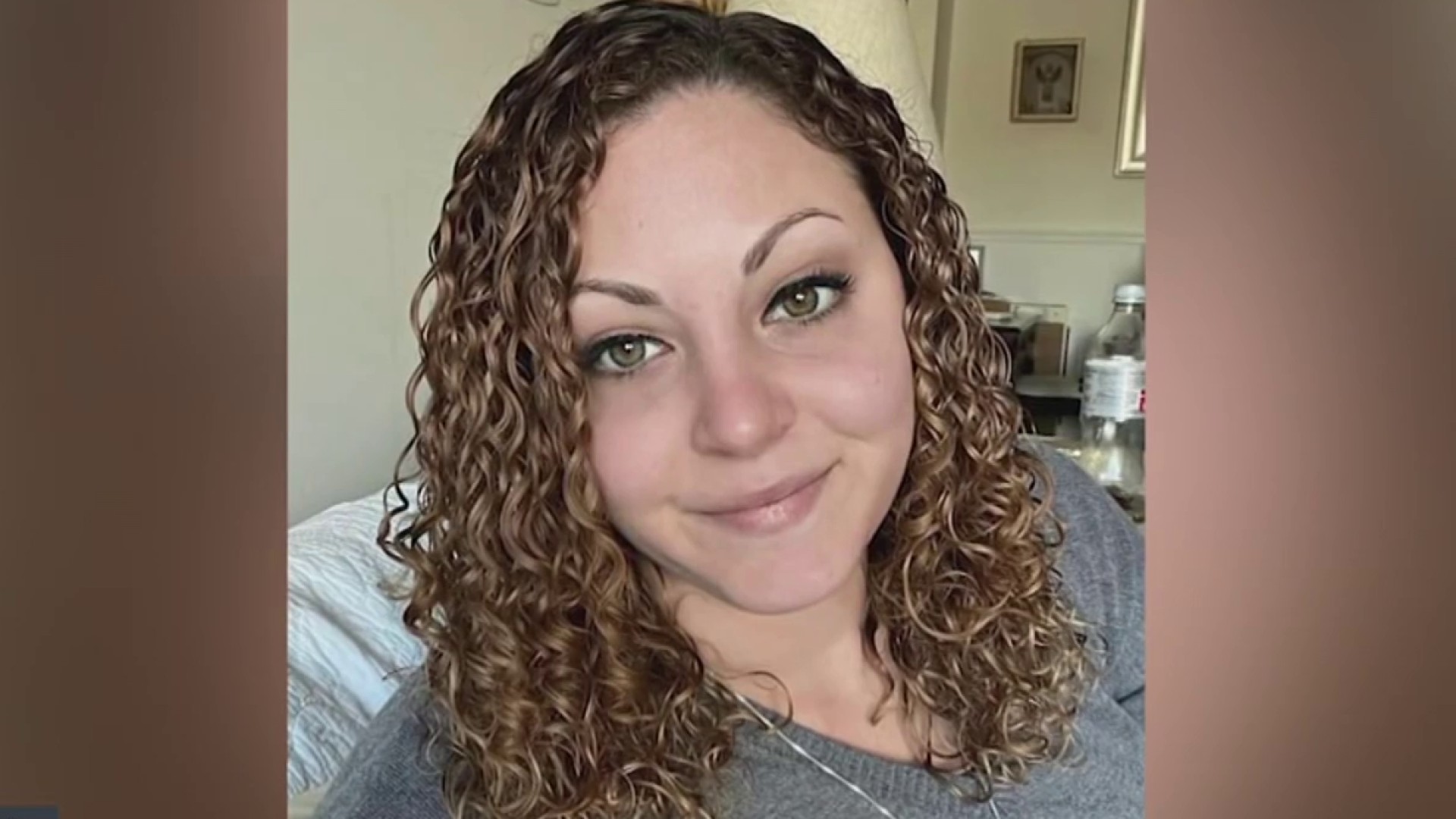Presidential candidate and businessman Donald Trump came calling again on D.C. Monday.
More than four dozen reporters sat in chairs on the floor of Trump’s unfinished hotel at the Old Post Office Building.
It was different from previous visits.
The Secret Service is protecting him now. So reporters and their gear had to show up two hours before Trump’s news conference. It was pretty cold and pretty dusty for those of us suffering allergies or head colds.
The news conference was supposed to be about the Trump hotel that Trump says will open in the old 1100 Pennsylvania Ave. NW space in September. Trump — surprise! — praised his vision, the construction, the people involved, the extra-luxurious fixtures to expect, the shops and restaurants, the new ballroom and the several hundred ultra-luxury rooms and suites.
Then, no one asked about the hotel. No one.
And we were back to the presidential campaign for the next 40 minutes or so as Trump fielded endless questions. The only odd thing that occurred was when someone sitting with the media asked Trump for a job.
Local
Washington, D.C., Maryland and Virginia local news, events and information
And it also was different this time because there were no city officials to welcome Trump to town. At the groundbreaking in 2014, Mayor Vincent Gray spoke on behalf of the city and Muriel Bowser, then representing Ward 4, spoke on behalf of the D.C. Council.
The big news for Trump this week was his appearance before a gathering of the American Israel Public Affairs Committee at the Verizon Center. Trump has said he would be a “neutral” person in the debate over the future of Israel and Palestine. However, Trump also has said, “There is no one more pro-Israel.”
For now, that’s a lot more serious of a subject to discuss than the finishing touches on his hotel.
■ LGBT issues. The Gay and Lesbian Activists Alliance has been an active political group in the District since the early 1970s. Each election cycle, it does a candidate questionnaire, as do many other groups. But alliance president Rick Rosendall is known for putting together a strong questionnaire and disseminating the results.
Rosendall sent a letter to all candidates listed by the D.C. Board of Elections for the June 14 primary. (The deadline to submit qualifying petitions was last Wednesday.)
“GLAA will rate candidates based on your record and signed answers on LGBT issues,” Rosendall wrote, “and we will publish your full questionnaire responses on our website along with your rating.”
Not every group that vets candidates publishes the results. It would be better if they did.
If you want to play candidate and consider the GLAA questions yourself, take a look at glaa.org/archive/2016/cqprimary.pdf.
■ That’s all folks. The District and many other cities are enjoying a boom in population, in part because of the millennials choosing cities over suburbs.
The Metropolitan Washington Council of Governments recently said the District itself could see its population of 670,000 rising to nearly 1 million in 30 years.
But some other voices are being heard on this back-to-the-cities movement. It may be only a classic phase in population shifts.
The Atlantic’s CityLab recently reported on findings by Dowell Myers, a demography and urban planning professor at the University of Southern California. Myers suggests cities like the District have reached “peak millennial.” Yes, young people will continue to migrate to cities, but fewer will do so and more will leave for rediscovered suburbs.
Such population shifts have occurred any number of times, but it could come as a shock to cities that don’t plan to make themselves hospitable to aging millennials.
Myers presented his study at the University of Texas’ “City Forum.”
As Natalie Delgadillo wrote in CityLab: “All this could create problems for cities that view the most recent shift toward urban living as a given. Housing could sit vacant and all the air could come out of the businesses that were built to cater to the young people living there. Many cities could suddenly find themselves scrambling to try to make up for population loss or attract people back into urban cores.”
The Myers study suggest cities begin planning now to remain attractive to aging millennials. “Cities should be getting out ahead of this and thinking about what they can do,” CityLab quotes Myers as saying. “They need to invest in building more parks and increasing the availability of affordable childcare.”
The CityLab article and a link to the study can be found at tinyurl.com/citylab-millennials.
Tom Sherwood, a Southwest resident, is a political reporter for News 4.



